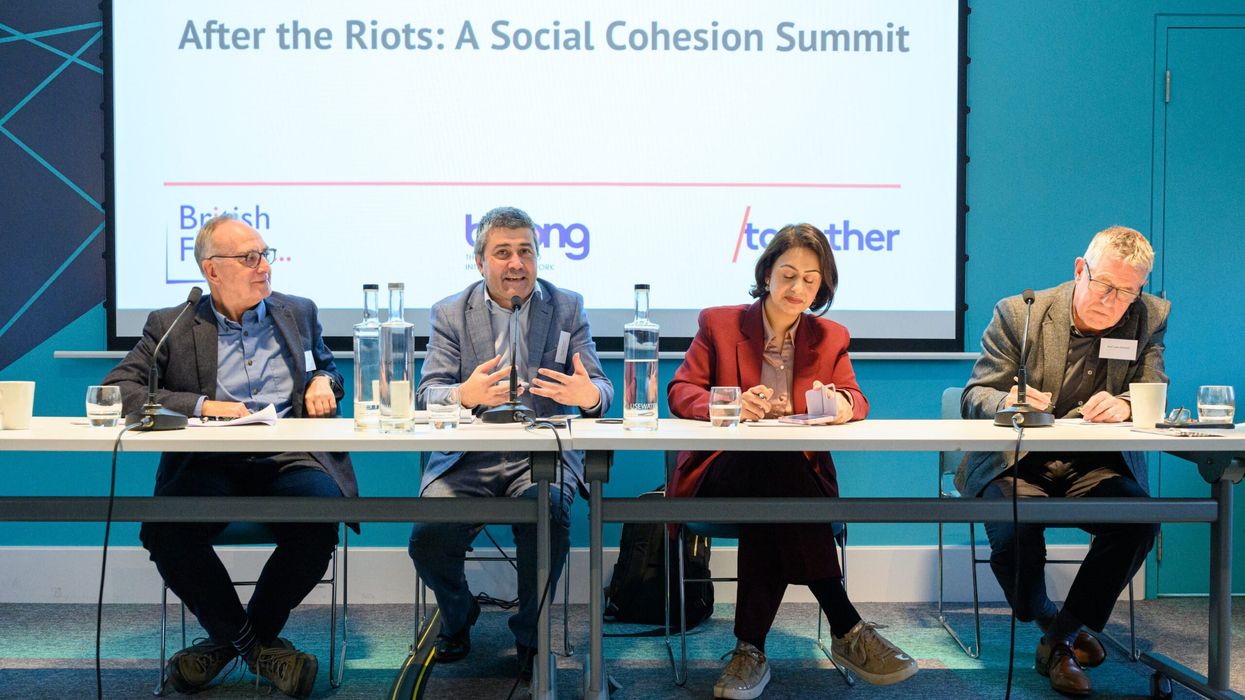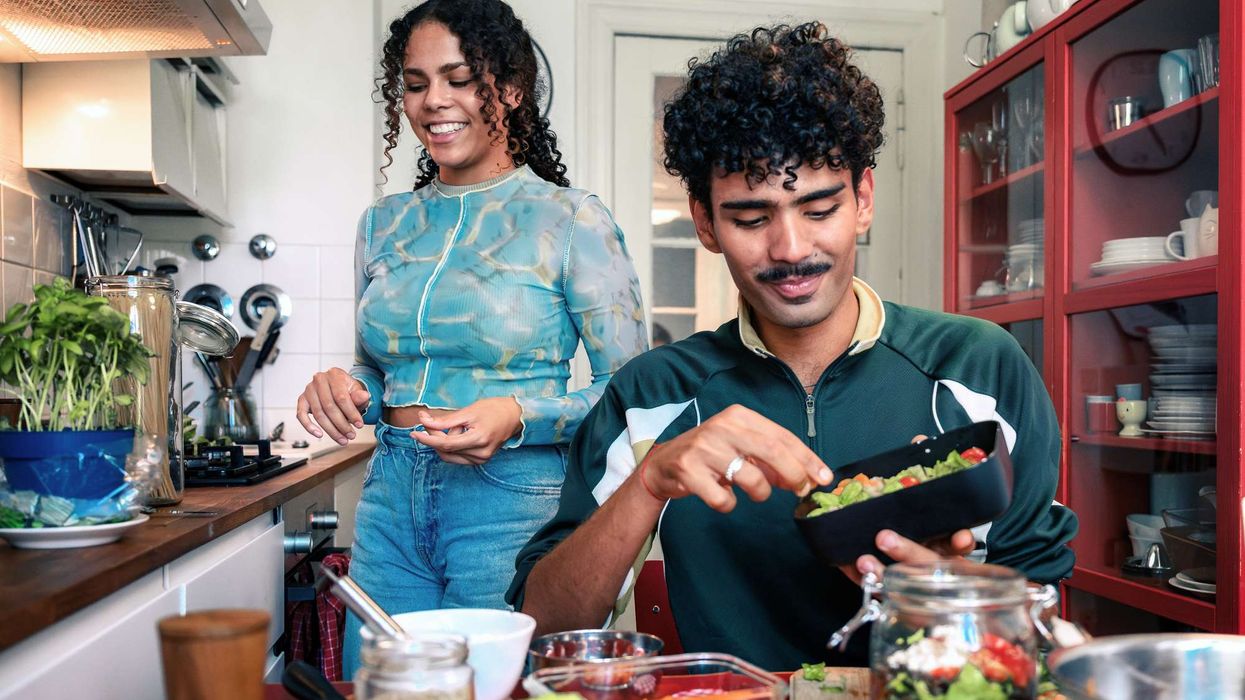By Rupa Popat
SINCE the start of the pandemic, there has been no end to the fake news, misinformation and conspiracy theories related to coronavirus circulating on social media platforms.
From unverified home remedies to false news on active cases and deaths, these online rumours have created chaos across India. One video, viewed 4.7 million times on YouTube, claimed that coronavirus came from seafood while a Facebook post claiming to be from Unicef told readers to avoid ice-cream and cold food. In the second quarter of this year, Facebook removed seven million fake news posts related to coronavirus alone.
Since April, about 400 scientists have formed an Indian Scientists’ Response group to Covid-19. Their work has included debunking false information about the virus. It can be viewed on https://indscicov.in/for-public/busting-hoaxes/) in multiple languages.
Misinformation and fake news are only part of the issue. The pandemic has also given rise to hate campaigns against individuals and groups on social media. Well-known spiritual figure Pujya Morari Bapu was among those targeted recently, with a minimum of 500 messages a day being posted by paid trolls, often promoting violence against him.
With more than 100 billion messages being sent on Facebook’s services each day, the platform took action against 9.6 million pieces of hate content in the first quarter of 2020, up from 5.7 million in the previous quarter.
Social media app TikTok said in July that it removed more than 49 million videos for violating its guidelines, as they fell under categories such as “violent and graphic content and hate speech.” About one-third of these videos originated from India.
Platforms like Facebook, Twitter, YouTube and TikTok rely on a combination of artificial intelligence, user reporting and content moderators to enforce their rules regarding appropriate content. They use internal teams working on safety and security as well as independent third-party fact checkers to regularly remove content that isn’t aligned with their policies. There are also thousands of online volunteers globally fighting hate speech on Facebook. Known fact-checking companies in India include Boom, Alt News, Factly, Metafact and WebQoof.
The solution for managing fake news and hate speech requires collaboration between government, academia, publishers, social media platforms and civil-rights groups. In the meantime, we must all contribute to tackling the issue.
- Be skeptical of headlines. False news stories often have catchy headlines in all caps with exclamation points. If claims in the headline sound unbelievable, they probably are.
- Look closely at the link. A phony or look-alike link may be a sign of false news. Many messages or website links containing hoaxes or fake news have spelling mistakes.
- Investigate the source. Ensure that the story is written by a source you trust with a reputation for accuracy. If it comes from an unfamiliar organisation, check their “About” section to learn more. If you’re still not sure, search online for facts and check trusted news sites to see where the story came from.
- Check photographs and media carefully. False news stories often contain manipulated images, audio recordings or videos. Sometimes the photo may be authentic, but could be taken out of context. Look at trusted news sources to see if the story is reported elsewhere – if it is featured in multiple places, it’s more likely to be true.
- Inspect the dates. Fake stories may contain timelines that make no sense, or event dates that have been altered.
- Check the author’s sources to confirm that they are accurate. Lack of evidence or reliance on unnamed experts may indicate a false news story.
- Look at other reports. If no other news source is reporting the story, it may indicate it is false.
- Is the story a joke? Sometimes false news stories can be hard to distinguish from humour or satire. Check whether the source is known for parody, and if the story’s tone suggests it may be just for fun.
- Some stories are intentionally false. Think critically about the stories you read, and only share news that you know to be credible.
- On Whatsapp, when a message is forwarded more than five times, it is indicated with a double arrow icon. If you’re not sure who wrote the original message, double check the facts.
- Check your biases. Watch out for information that confirms your pre-existing beliefs and review the facts before sharing information.
- Fake news often goes viral. Even if a message is shared many times, it doesn’t make it true. Don’t forward a message because the sender is urging you to do so. If you see something that’s fake, tell the person who sent it to you. If a group or a contact is constantly sending fake news on any platform including WhatsApp, you can report them.
Rupa Popat is an entrepreneur, investor and board advisor in the UK.





 Mareyah Bhatti , a sustainability strategist and passionate home cookMareyah Bhatti
Mareyah Bhatti , a sustainability strategist and passionate home cookMareyah Bhatti







How to fight fake Covid news on social media